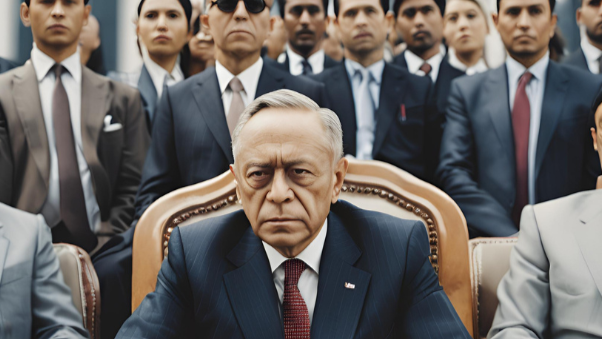
Recently, the U.S. Patent and Trademark Office (USPTO) issued updated guidance to agency employees on the proper application of obviousness doctrine when determining patent validity. As a representative of America’s inventor community who has strongly opposed certain developments at the USPTO, I want to express my gratitude to Director Vidal for her work in clarifying obviousness determinations by the agency in a way that gives inventors a better chance to oppose improper arguments about invalidity, especially at the Patent Trial and Appeal Board (PTAB).
The U.S. Supreme Court’s landmark ruling in K.S.R. International v. Teleflex increased the flexibility of the obviousness inquiry by introducing subjectivity into an objective standard. Instead of an express teaching, suggestion, or motivation from the prior art, examiners and judges are required to consider the common sense of a person having ordinary skill in the art (POSITA). Too often, this has resulted in decision-makers employing hindsight analysis, cobbling together a hodgepodge of prior art references mapped to claim elements with cursory explanations of a PHOSITA’s supposed motivation.
Inventors of Retail-Ready Products are Most Susceptible to Hindsight Bias
Under Director Vidal’s recent guidance, this kind of summary justice should no longer suffice to invalidate patent claims for obviousness under Section 103. The recent guidance underscored the legal requirement that reasoned explanations for obviousness determinations must be provided by all agency decision-makers, including administrative patent judges (APJs) at the PTAB. Now, APJs and examiners will have to address inventor arguments on motivations to combine and secondary considerations instead of giving those points short shrift, which happens too often.
I expect that this added emphasis will most benefit those inventors who have claimed product-type inventions that are ready for retail markets. My experience bringing Bunch O Balloons to market showed me how frustratingly easy it was for an APJ to institute a review based on an unreasonable determination of obviousness while ignoring strong evidence of commercial success and unexpected results. Inventors of products for the home, office, and other lucrative retail markets are most susceptible to hindsight analysis that improperly expands the scope of invalidating prior art. Under the updated obviousness guidance, I expect the validity of patents claiming these types of inventions to be upheld at a greater rate.
Several Tools for Independent Inventors to Improve Their Prospects on Validity
There are several ways that independent inventors and their patent attorneys could improve their prospects of defending invalidity attacks by implementing this guidance:
- Marshal Your Evidence of Secondary Considerations: Director Vidal’s guidance acknowledged that the obviousness inquiry must acknowledge all arguments on secondary considerations. As inventors prepare patent applications for filing, they should find ways to document long-felt needs, copying, commercial success, or any other secondary considerations that are objective indicia of patentability. Having that evidence ready well ahead of inter partes review (IPR) or ex parte reexamination (EPR) proceedings at the PTAB provides a head start on developing the record on secondary considerations.
- Request Discretionary Denial Pre-Institution: While PTAB APJs assess patent claims for validity under 35 U.S.C. § 103, IPRs provide limited opportunities for inventors to develop the legal record outside of the asserted prior art. Especially for patent owners having parallel infringement litigation in U.S. district court, requests for discretionary denial will likely have greater weight if decision-makers can be persuaded that the district court litigation provides a better opportunity to clearly articulate obviousness determinations as required by Federal Circuit case law.
- File a Declaration to Increase Evidentiary Bases: In prosecuting patents for my Bunch O Balloons, I took advantage of rules codified at 37 C.F.R. § 1.132 to submit an affidavit including evidence of commercial success, industry recognition, media praise, and licensing activities. Then, when these patents were brought to the PTAB by the infringer, I argued for denial of institution under 325(d) partly based on the examiner’s consideration of this evidence. Inventors who are able to file a proper declaration can develop the agency’s record on secondary considerations in ways that now must be expressly addressed by APJs in trials and appeals at the PTAB.
From an independent inventor’s standpoint, PTAB proceedings are still no fair substitute for an Article III district court, which allows for the full development of the evidentiary record and provides for decisions by a jury. Juries can make obviousness determinations properly without requiring technical knowledge. In fact, it is often the highly technical nature of PTAB rulings that result in determinations of PHOSITA motivations to combine and analogous art that seem absurd to inventors, giving them little reason to trust the process.
That said, I am pleased to see Director Vidal take an approach to this updated obviousness guidance that gives inventors more chances to protect their valuable property at the USPTO. Further, I am hopeful that Director Vidal will continue to consider inventor interests when assessing the operations of the entire USPTO, including the PTAB.






Thanks for your strong work here. Great article and hopeful news.